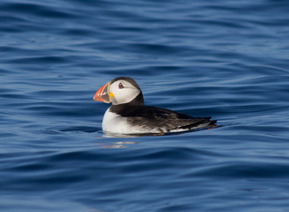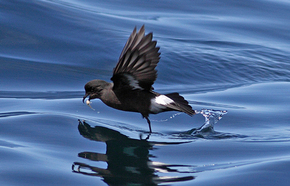Our Seabirds
Why the Isles of Scilly are special
The islands support a greater diversity of breeding seabirds than any other island group or mainland site in England. They support internationally important populations of European storm petrel Hydrobates pelagicus (hereafter ‘storm-petrel’) and lesser black-backed gull Larus fuscus, and nationally important populations of shag Phalacrocorax aristotelis and great black-backed gull L. marinus. The populations of a further six species (seven if Roseate Tern Sterna dougallii is included) are regarded as important in a southwest regional context.
The greater part of the seabird interest is contained within 14 Sites of Special Scientific Interest (SSSI), the Isles of Scilly Special Protection Area (SPA) and Ramsar Site, and the Isles of Scilly Important Bird Area (IBA). Much of the area is also a Special Area of Conservation (SAC).
Seabird surveys of the islands in 2006 revealed that there were 20,000 seabirds of 14 species. A number of these species are internationally important, where the UK holds at least 20% of the European breeding population, including Manx shearwater and storm petrel.
- For storm petrel, the Isles of Scilly represent the sole breeding site for storm petrel in England, with 1398 pairs, and is internationally important.
- The islands are also one of only two breeding sites for Manx shearwater in England, with 171 pairs (the other is the island of Lundy in the Bristol Channel). The UK holds 75% of the world population of this species.
- The colony of shags in Scilly (1296 pairs) represents a third of all the shags in England. Scilly is the third largest colony in the UK.
Seabird surveys across the islands were carried out again in 2015 by seabird ecologist Dr Vickie Heaney and her team. You can read the summary of the report and the updated seabird numbers on St Agnes and Gugh here and the full report here.

Puffin ©Nathan Fletcher

Storm Petrel ©Joe Pender
















